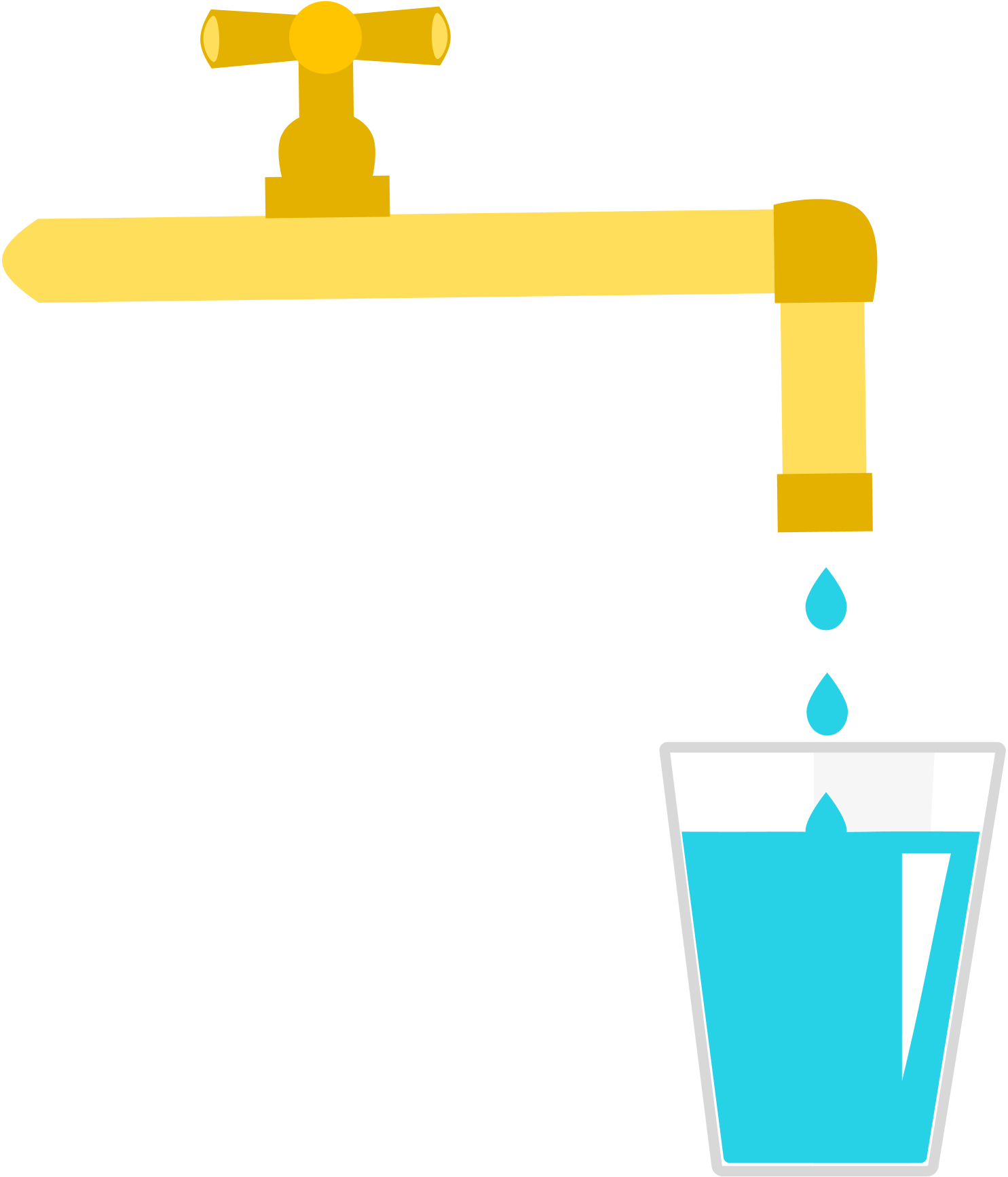How Are Average And Instantaneous Rates Of Change Related
One mode to measure changes is by looking at endpoints of a given interval.
If and , the boilerplate rate of change of with respect to in the interval from to is the average modify in for unit increase in . It is equal to
where and are the changes in and respectively.
Consider the post-obit figure:

As increased by , increased by . So we tin can say, on boilerplate, for every unit increase in , increases by , and therefore this is the boilerplate rate of change.
A car is travelling on a straight road parallel to the -axis. At seconds, the automobile is at meters; at seconds, the machine is at meters. Find the average rate of change of the -coordinate of the motorcar with respect to time.
Using the formula, nosotros go
The average charge per unit of change tells u.s.a. at what charge per unit increases in an interval. This simply tells united states of america the average and no information in-between. We have no idea how the office behaves in the interval. The following animation makes it clear. In all cases, the boilerplate rate of change is the same, but the office is very different in each case.

If we make smaller, we get a more accurate representation of as tends to , the interval becomes smaller and smaller until it merely becomes a indicate, an instant. Then the rate of change is not an average, but of an instant. It is the instantaneous rate of change of with respect to . Nosotros announce information technology as .
Mathematically,
where is the instantaneous rate of change of with respect to . It is also chosen the derivative of with respect to .
Note ane: We can run into that will exist just when the limit exists. For example, in the greenish graph in the blitheness, does non exist on some finite detached points (the edges in the graph). It is not possible to detect out the instantaneous rate of change at those points.
Note 2: At very small values of , we can come across that
Let'south solve some examples.
Let .
What is the rate of change of with respect to when (i) and (ii)
The question is asking to evaluate at the given values of and . To differentiate the expression, we must know production rule and differentiation of logarithmic functions. We have
(i) We now evaluate it at . When ,
(2) When and
A red cube has side length and is irresolute with time such that .
Detect the instantaneous rate of change of the volume of the scarlet cube as a function of time.
Let the volume of the red cube be . Nosotros know that
Nosotros are asked to find . We can solve this question in the post-obit two ways:
Solution 1: We first find and then .
Nosotros know
and we are done!
Solution two: First we find and and so .
Using the power rule,
Using the chain dominion to differentiate , we have
After subtistuting the values of and , nosotros obtain the same effect as above:
In a hollow inverted blue cone (the vertex is downward) of radius and tiptop , h2o is being poured in at a constant charge per unit of .
Discover the instantaneous rate of change of the summit of water in the cone at time (assuming the cone isn't filled completely yet).
Solution to be added...
The charge per unit of change is 0 The rate of change is decreasing The rate of modify is increasing The charge per unit of change is constant

Water drips into the cup, whose shape is shown in the image, at a steady rate.
What can we say nearly the rate of change of the meridian of water level?
Source: https://brilliant.org/wiki/instantaneous-rate-of-change/
Posted by: vizcarraounded.blogspot.com


0 Response to "How Are Average And Instantaneous Rates Of Change Related"
Post a Comment